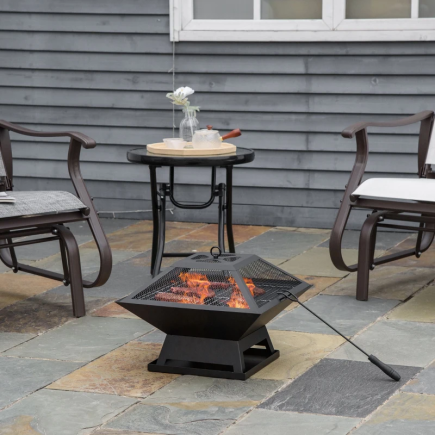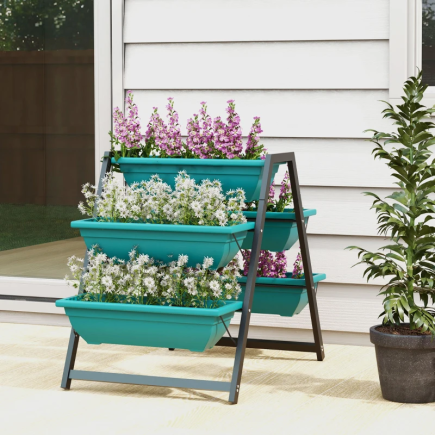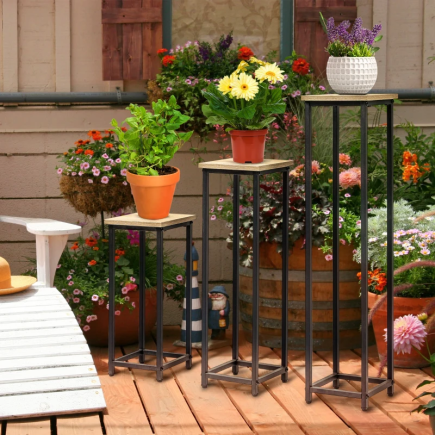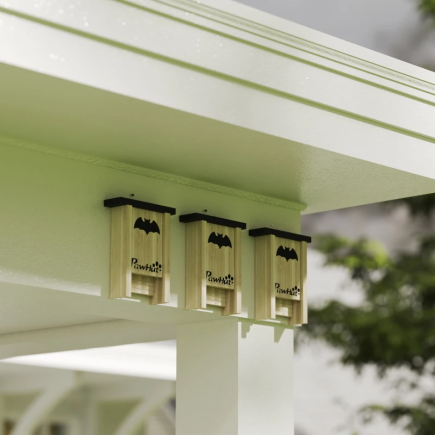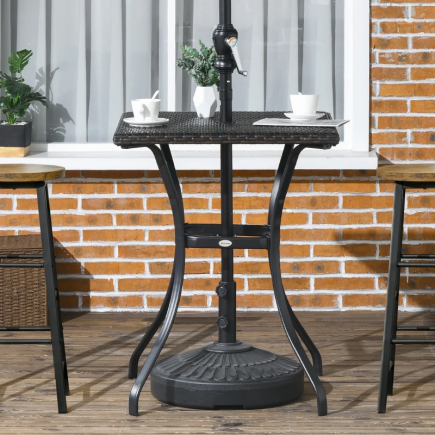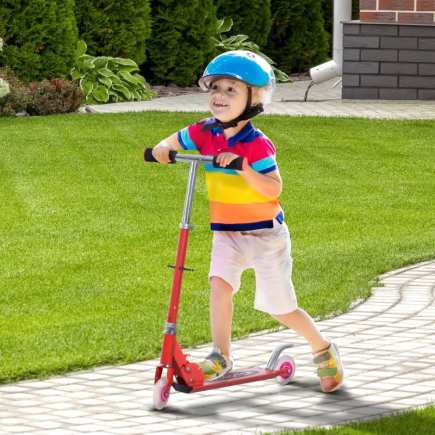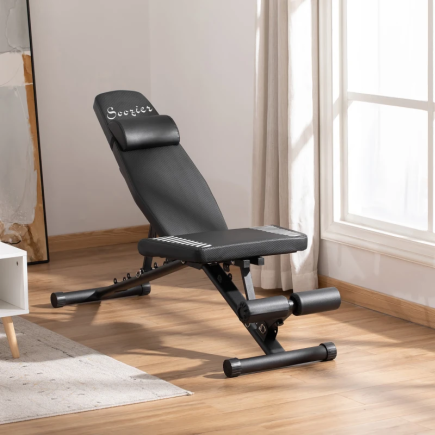
There’s something special about restoring an old wooden bench. Whether it’s tucked under a tree or on your porch, a refreshed bench brings charm and character back to your space. If it’s weathered, wobbly, or worn down, don’t toss it. With a bit of time and care, you can revive it. This article walks you through every step to help your bench look great and last for years to come.
Step 1: Gather the Right Tools and Materials
Before you begin, assemble everything you’ll need so you’re not running back and forth during the process.
You’ll need

- Orbital sander or hand sander
- Sandpaper (80, 120, and 220 grit)
- Screwdriver or drill
- Outdoor wood glue or wood filler
- Handsaw or jigsaw
- Exterior wood stain or oil
- Clear wood sealant (optional but highly recommended)
- Brushes, rags, and safety gear (dust mask, gloves, and goggles)
You don’t need expensive or professional-grade tools. A reliable sander and quality sandpaper are more than enough to get excellent results.
Step 2: Inspect the Condition of the Bench
Start by giving your bench a thorough check from top to bottom.

- Rotten wood: Press your thumb into various spots, especially around joints and feet. If it feels spongy or flakes off, that wood is compromised.
- Splits and cracks: Minor splits can be filled, but deep cracks in structural areas may call for replacement.
- Loose or missing fasteners: Check each slat and joint to see if any screws are loose, missing, or rusted through.
- Surface damage: Look for raised grain, splinters, or old finish that’s flaking off.
The goal here is to determine what can be salvaged and what needs replacing. Many benches have a mix, some slats may be reusable with a little love, while others may need a full swap.
Step 3: Prepare Your Workspace
Set up your workspace in a well-ventilated, dry area. A garage with the door open, a driveway, or your backyard on a calm day are all great spots.
- Lay down a tarp or plastic sheeting to catch dust, debris, or spills.
- Have a sturdy work surface like sawhorses or a bench stand.
- Keep pets and children away, restoration involves sharp tools and sometimes strong smells.
Safety always comes first. Wear gloves when handling old wood, and a dust mask during sanding to protect your lungs from fine particles.
Step 4: Clean the Bench Thoroughly
Before any repairs or sanding, your bench needs a clean slate.

- Use a stiff-bristled brush and warm soapy water to scrub away dirt, mold, and any leftover plant debris. Rinse well and let the bench dry completely, preferably in the sun for a full day.
- If your bench has been outside for years, the wood may be discoloured or greenish from moss or mildew. Don’t worry. That will come off with sanding later.
Important: Avoid soaking the bench. Saturated wood can be harder to sand and may warp while drying.
Step 5: Remove Old Finish and Surface Damage
Once the bench is dry, you’ll need to strip off the old finish whether it’s faded stain, greyed-out natural wood, or flaking paint.
- For wooden benches, sanding is the best method. Chemical strippers or heat guns are often unnecessary and can damage the wood if not used properly.
- Start with 80-grit sandpaper to remove the old layers. Work methodically across all flat surfaces, sanding along the grain to avoid scratching the wood. Then, move to 120-grit to refine the surface, and finish with 220-grit for a silky-smooth feel.
- For tight corners or decorative edges, hand sanding may be necessary.
Take your time here, the smoother your surface, the better your finish will look and last.
Step 6: Replace or Repair Damaged Wood
Once the surface is clean and smooth, it becomes much easier to spot which parts can be salvaged and which need replacing.
Minor Damage
- Use wood filler to fill shallow cracks or small holes.
- Apply with a putty knife and let it dry fully before sanding smooth.
Structural Damage
- If any slats are cracked, warped, or rotted, it’s best to replace them entirely.
- Measure the damaged board and cut a new piece using a handsaw or jigsaw.
- Try to match the wood type and grain to maintain a consistent appearance.
- For older benches, you can salvage old fence boards or barn wood for an authentic look.
When replacing slats, pre-drill your holes to prevent splitting, especially near the ends.
Step 7: Reassemble Any Loose Sections
If you took your bench apart or if it was falling apart on its own, now’s the time to put it back together.
- Use galvanized or stainless steel screws to prevent rust.
- Apply a dab of exterior wood glue in joints before tightening.
- Line up all slats evenly and make sure each screw sits flush with the wood.
Check the bench for balance and wobble. Sit gently to test it. If it shifts or creaks, double-check your fastenings.
Step 8: Choose a Wood Finish That Suits Your Climate
This is where you bring your bench to life and where Canadian weather comes into play.
There are several good options:
Wood Oils (e.g., Teak, Linseed, Tung)
These soak into the wood and enhance its natural grain. Great for a classic, warm look. Best for sheltered areas like porches.
Wood Stains
Offer colour without hiding the grain. Choose an exterior-grade stain for weather resistance.
Outdoor Paint
Provides a solid coat of protection and is perfect if you want a pop of colour. It hides wood grain but is great for modern, colourful garden designs.
Avoid deck stains or interior finishes, they won’t last long outdoors.
Step 9: Apply the Finish
Apply your finish in long, even strokes using a quality brush or cloth. Always work with the grain for the smoothest and most natural look.

- For oil or stain: Let the first coat absorb for 10–15 minutes, then wipe off excess with a clean cloth.
- For paint: Apply two thin coats rather than one thick one. Let each coat dry fully before adding the next.
Let the bench dry in a well-ventilated area, away from dust and wind. Dry times vary, check the label on your product for guidance.
Step 10: Seal the Wood for Weather Resistance
- If your stain or oil doesn’t include a built-in sealer, this step is key, especially if your bench will face snow, rain, or strong sun.
- Use a clear exterior polyurethane or marine-grade sealer to add a water and UV-resistant barrier.
Apply
- With a clean brush
- In smooth, overlapping strokes
- To every exposed surface including slat ends and the underside
Let it cure fully for 24–48 hours before using the bench again.
Step 11: Add Personal Touches (Optional)
Your bench is restored, but don’t stop there if creativity strikes.
- Add a weatherproof cushion to increase comfort and style.
- Use stencils or woodburning to personalize a backrest with names or quotes.
- Apply contrasting stains or paint for a two-tone look.
This is your chance to turn a functional piece into something personal and memorable.
Enjoy Your Old Wooden Bench
Restoring an old Wooden Bench is a thoughtful act of care, reviving the warmth, grain, and quiet character of a piece that still has life to offer. Each mark becomes part of its renewed story, shaped by your hands and time.
In choosing to restore, you’re not just fixing furniture, you’re preserving character and creating something personal. So take your time, do it right, and let that bench be a lasting part of your space, with every detail shaped by your hands.
FAQs
1. Can I restore a wooden bench during winter or rainy seasons?
It’s best to restore your bench in dry, mild weather. Humidity or cold can affect wood drying, adhesion of finishes, and curing times.
2. What should I do if the bench smells musty or moldy?
Scrub with a mix of vinegar and water or use a mold-killing wood cleaner. Let it dry completely in the sun before sanding or finishing.
3. How do I know if an old wooden bench is worth restoring?
If the frame of the old wooden bench is sturdy and the damage is mostly surface-level or limited to a few slats, it’s definitely worth restoring instead of replacing.











